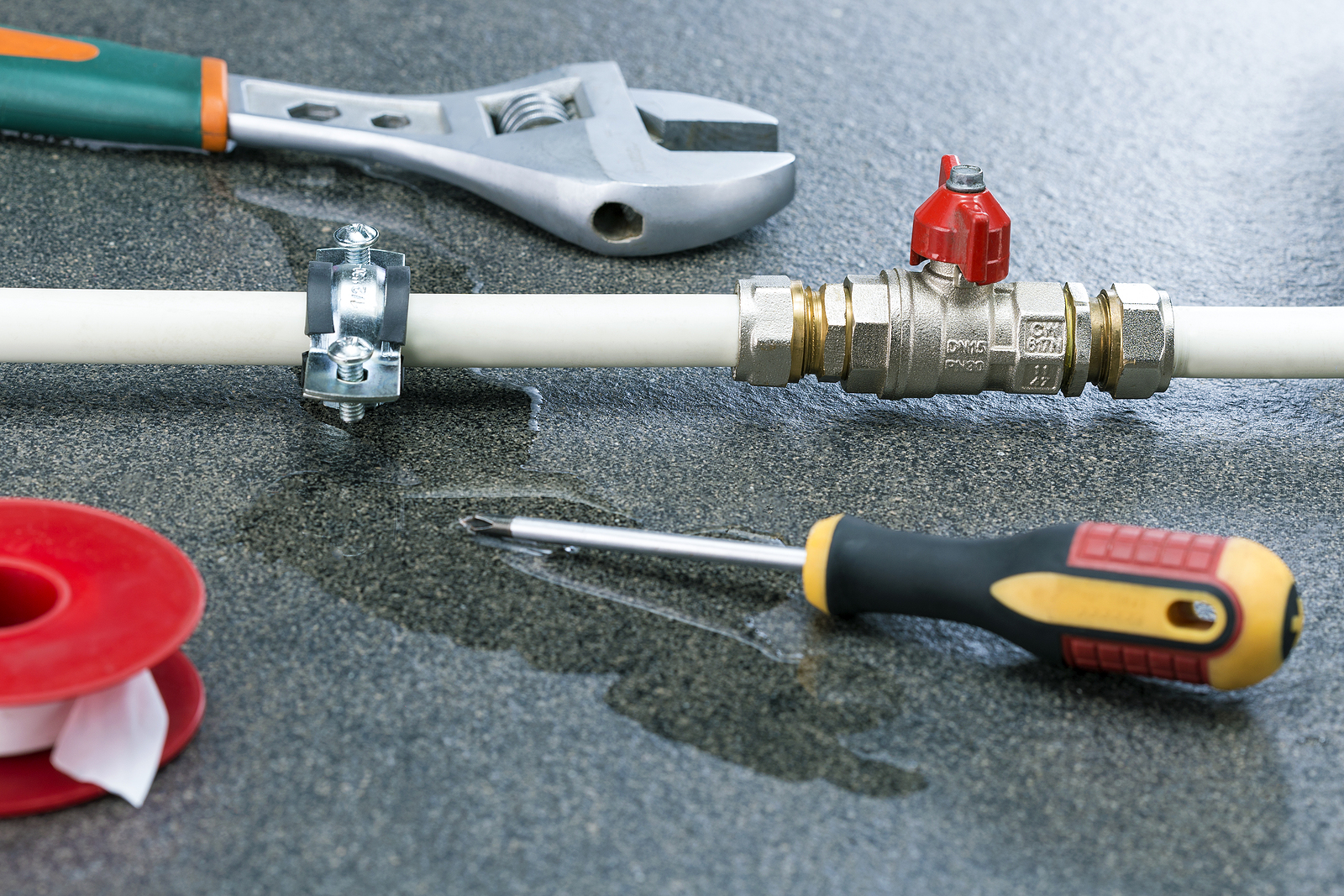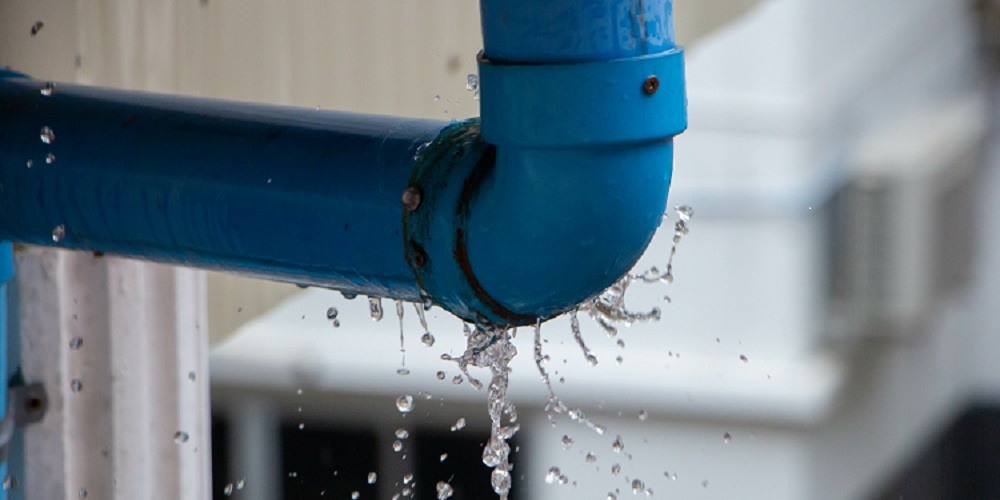The author is making a number of good pointers on Detecting hidden plumbing leaks overall in this content down the page.

Early detection of dripping water lines can reduce a potential disaster. Aside from saving you money, it will decrease the stress and aggravation. The minute you locate a leakage, calling your plumber for repair work is the very best option. Some small water leakages may not be visible. Here are some hacks that aid if you can not identify it with your nude eyes.
1. Examine the Water Meter
Every house has a water meter. Inspecting it is a guaranteed manner in which helps you find leakages. For beginners, shut off all the water resources. Make sure no person will certainly purge, utilize the tap, shower, run the cleaning equipment or dishwasher. From there, most likely to the meter as well as watch if it will certainly alter. Given that nobody is using it, there should be no motions. If it moves, that shows a fast-moving leakage. If you spot no adjustments, wait an hour or two and examine back once more. This suggests you might have a sluggish leakage that might even be underground.
2. Check Water Usage
Evaluate your water bills and track your water usage. As the one paying it, you ought to see if there are any disparities. If you spot sudden changes, despite your consumption being the same, it indicates that you have leakages in your plumbing system. Remember, your water bill should fall under the exact same array monthly. An unexpected spike in your costs shows a fast-moving leak.
At the same time, a consistent rise monthly, despite the very same behaviors, reveals you have a slow leak that's additionally slowly rising. Call a plumber to completely inspect your residential or commercial property, specifically if you feel a cozy area on your flooring with piping below.
3. Do a Food Coloring Test
When it comes to water intake, 30% comes from bathrooms. If the shade somehow infiltrates your dish during that time without flushing, there's a leak in between the storage tank and also dish.
4. Asses Exterior Lines
Do not fail to remember to inspect your outside water lines as well. Examination spigots by affixing a yard pipe. Must water seep out of the link, you have a loosened rubber gasket. Replace this and make sure all connections are limited. It will certainly assist get it properly checked out and preserved every year if you've got a sprinkler system. One small leakage can waste lots of water as well as surge your water bill.
5. Examine the scenario and inspect
Homeowners should make it a routine to examine under the sink counters and also even inside closets for any type of bad odor or mold growth. These two warnings suggest a leak so punctual focus is required. Doing routine evaluations, also bi-annually, can conserve you from a major trouble.
Examine for discolorations and damaging as most pipes and also home appliances have a life expectancy. If you presume leaking water lines in your plumbing system, do not wait for it to rise.
Early discovery of dripping water lines can reduce a prospective catastrophe. Some small water leaks may not be noticeable. Inspecting it is a surefire means that aids you discover leaks. One small leakage can lose loads of water and also spike your water bill.
If you suspect dripping water lines in your plumbing system, do not wait for it to rise.
WARNING SIGNS OF WATER LEAKAGE BEHIND THE WALL
PERSISTENT MUSTY ODORS
As water slowly drips from a leaky pipe inside the wall, flooring and sheetrock stay damp and develop an odor similar to wet cardboard. It generates a musty smell that can help you find hidden leaks.
MOLD IN UNUSUAL AREAS
Mold usually grows in wet areas like kitchens, baths and laundry rooms. If you spot the stuff on walls or baseboards in other rooms of the house, it’s a good indicator of undetected water leaks.
STAINS THAT GROW
When mold thrives around a leaky pipe, it sometimes takes hold on the inside surface of the affected wall. A growing stain on otherwise clean sheetrock is often your sign of a hidden plumbing problem.
PEELING OR BUBBLING WALLPAPER / PAINT
This clue is easy to miss in rooms that don’t get much use. When you see wallpaper separating along seams or paint bubbling or flaking off the wall, blame sheetrock that stays wet because of an undetected leak.
BUCKLED CEILINGS AND STAINED FLOORS
If ceilings or floors in bathrooms, kitchens or laundry areas develop structural problems, don’t rule out constant damp inside the walls. Wet sheetrock can affect adjacent framing, flooring and ceilings.
https://www.servicemasterbyzaba.com/blog/how-to-detect-water-leakage-in-walls/

As a reader on Detecting hidden plumbing leaks, I figured sharing that article was sensible. Enjoyed our write up? Please share it. Let another person locate it. Thank you for taking the time to read it.